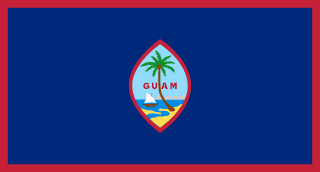Discover everything you need to know about Guam as a maritime agent. This comprehensive sheet provides detailed information on navigation, main ports, maritime regulations, as well as crucial weather and safety conditions for the sea around this strategic Pacific island. Perfect for maritime professionals and navigators.

Explore the strategic ports and maritime infrastructure of guam
Explore the strategic ports and maritime infrastructure of guam
Guam, an American island located in the western Pacific Ocean, is a strategic hub for maritime navigation in this region. As a maritime agent, it is vital to fully understand its port characteristics, maritime weather conditions, as well as its specific regulations to ensure optimal and safe navigation. This in-depth guide will detail these essential aspects.
The main maritime port of Guam is the Port of Guam located at Apra Harbor, on the west side of the island. Apra Harbor is a deep-water port capable of accommodating commercial, military, and cruise ships. This port is equipped with modern facilities for efficient loading and unloading of goods, as well as for passenger reception. As a key hub of maritime trade in the Pacific, Apra Harbor plays a strategic role in supplying regional U.S. military bases and in local inter-island commerce. The port infrastructures include docks suitable for large vessels, secure storage areas, and sophisticated handling equipment. Additionally, the port is managed by strict authorities ensuring compliance with international standards for safety and environmental protection. There are also facilities for ship repair and maintenance, which is a major advantage for maritime operators transiting through Guam.
Guam experiences a tropical climate subject to cyclone seasons, especially from June to November, which represents a critical period for navigation in this region. Weather monitoring is therefore essential for planning maritime crossings safely. Maritime agents must consider typhoon forecasts, ocean currents, and swell, which may affect ship safety. Regulatory-wise, Guam applies U.S. and international standards regarding maritime safety, marine pollution prevention, and cargo control. Ships must comply with the directives of the port authorities and the U.S. Coast Guard. It is also necessary to obtain all permits and authorizations before entering territorial waters, and to respect protected marine areas around the island to preserve local biodiversity. In summary, thorough knowledge of port infrastructures, weather, and maritime rules in Guam is essential for effective management of maritime operations in this strategic Pacific region.